Imagine snowmobiling or dog sledding across crisp, white landscapes and spotting polar bears or beluga whales. Or even staying in a wilderness hotel in one of the most remote corners of the planet. Welcome to Svalbard, where you can do all of this and more.
A glacier-studded archipelago deep in the Arctic Circle, Svalbard is Norway’s northernmost region. Sparsely populated and with average temperatures that rarely reach above freezing, it’s a wild and thrilling destination. If you truly want to get off the beaten track, a trip to Svalbard promises to be an extraordinary adventure.
Read on to discover the 7 best things to do in Svalbard and find out when you should visit.
- Spark your wanderlust with these Svalbard tours
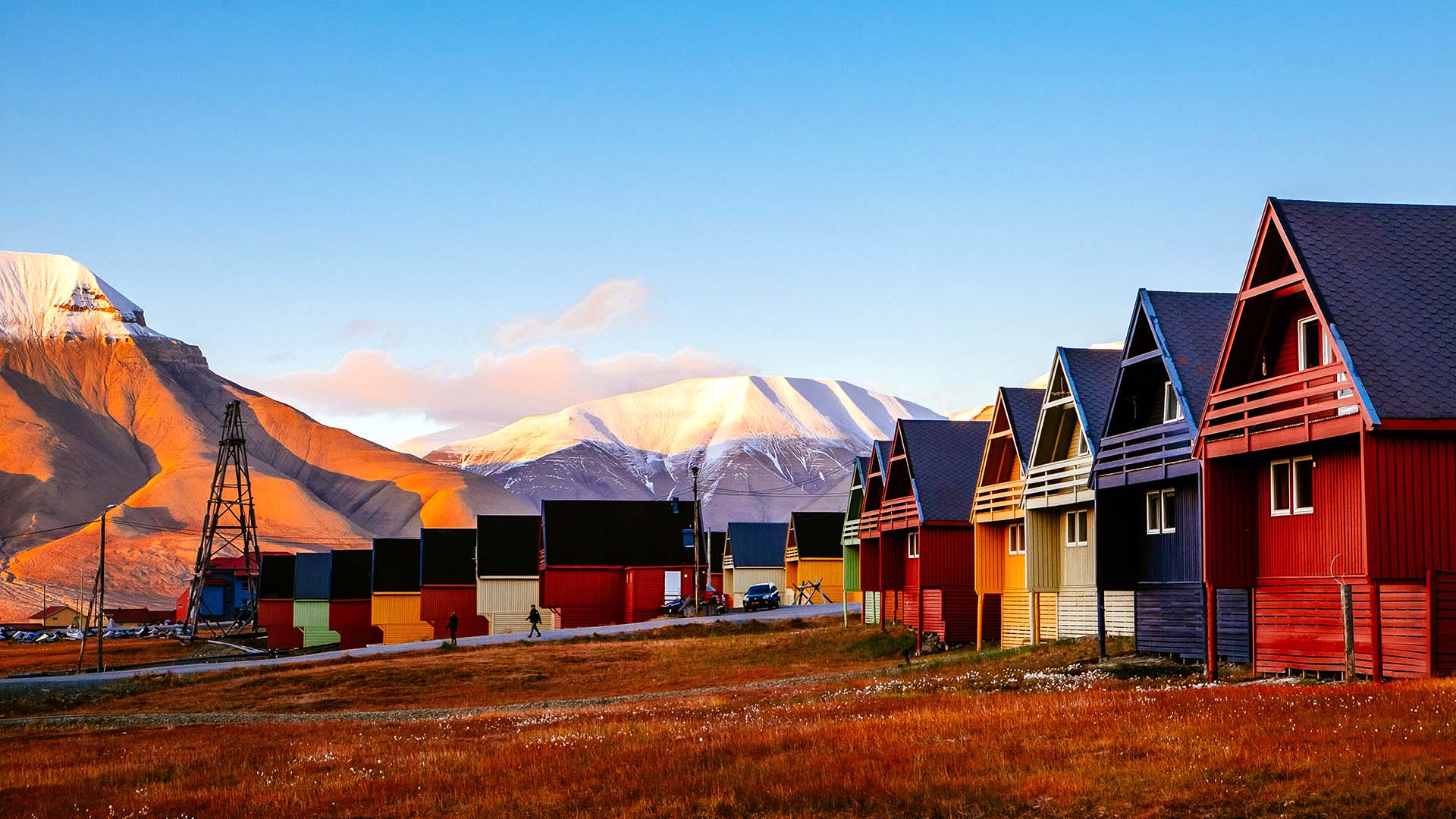
1. Go on a dog sledding tour
Think of life in the Arctic and dog sledding is probably one of the first things that’ll come to mind. Inspired by indigenous cultures in the North American Arctic, mushing has been an important way to travel in the Nordics for well over a century.
There’s no better place to try it than Svalbard. Pulled by energetic and adorable pups, you’ll zoom across snowy Spitsbergen, the archipelago’s only inhabited island.
Take the time to get to know these hardy creatures while you’re here. You’ll learn how to harness the dogs and steer them on your journey. And there’ll be plenty of time to give them a few cuddles too.
- Get inspired by these dog sledding tours in Norway
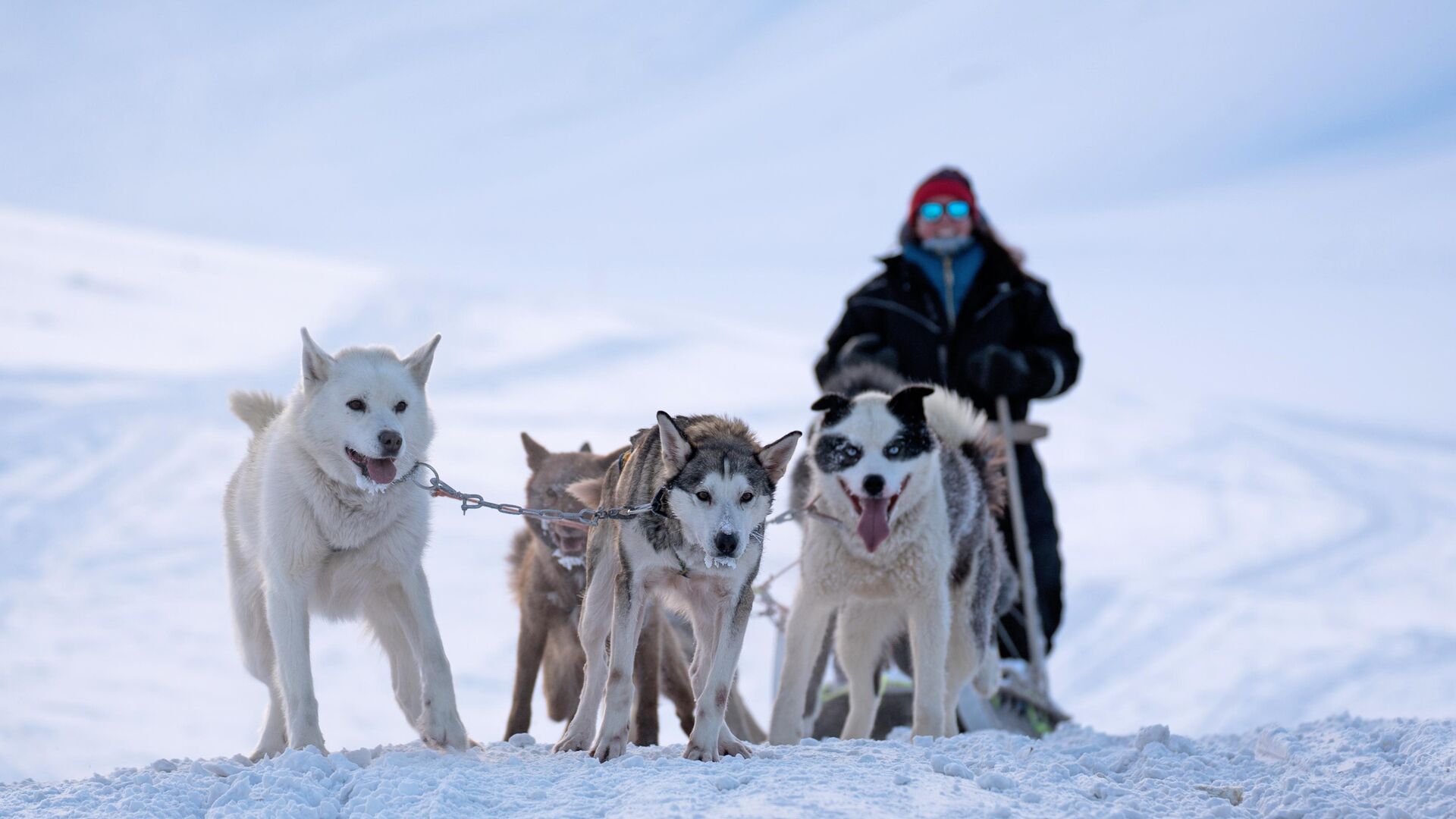
2. Glimpse Arctic wildlife
Svalbard is one of the world’s last great wildernesses. And thanks to its sparse population and largely untouched environment, it’s a haven for wildlife. If you’re a nature-lover, you won’t want to miss this chance to see Arctic animals up close.
The majestic polar bear is one of Svalbard’s most impressive sights – if you can spot one. While these kings of the Arctic outnumber humans on the archipelago, they are still elusive creatures. The same goes for Arctic foxes, whose white coats make them difficult to pick out against the snow.
Take to the sea and you could spot some of Svalbard’s marine life. Depending on the time of year, look out for beluga whales, ringed seals, walruses, and even narwhals.
- Related: 10 cool things about Norway
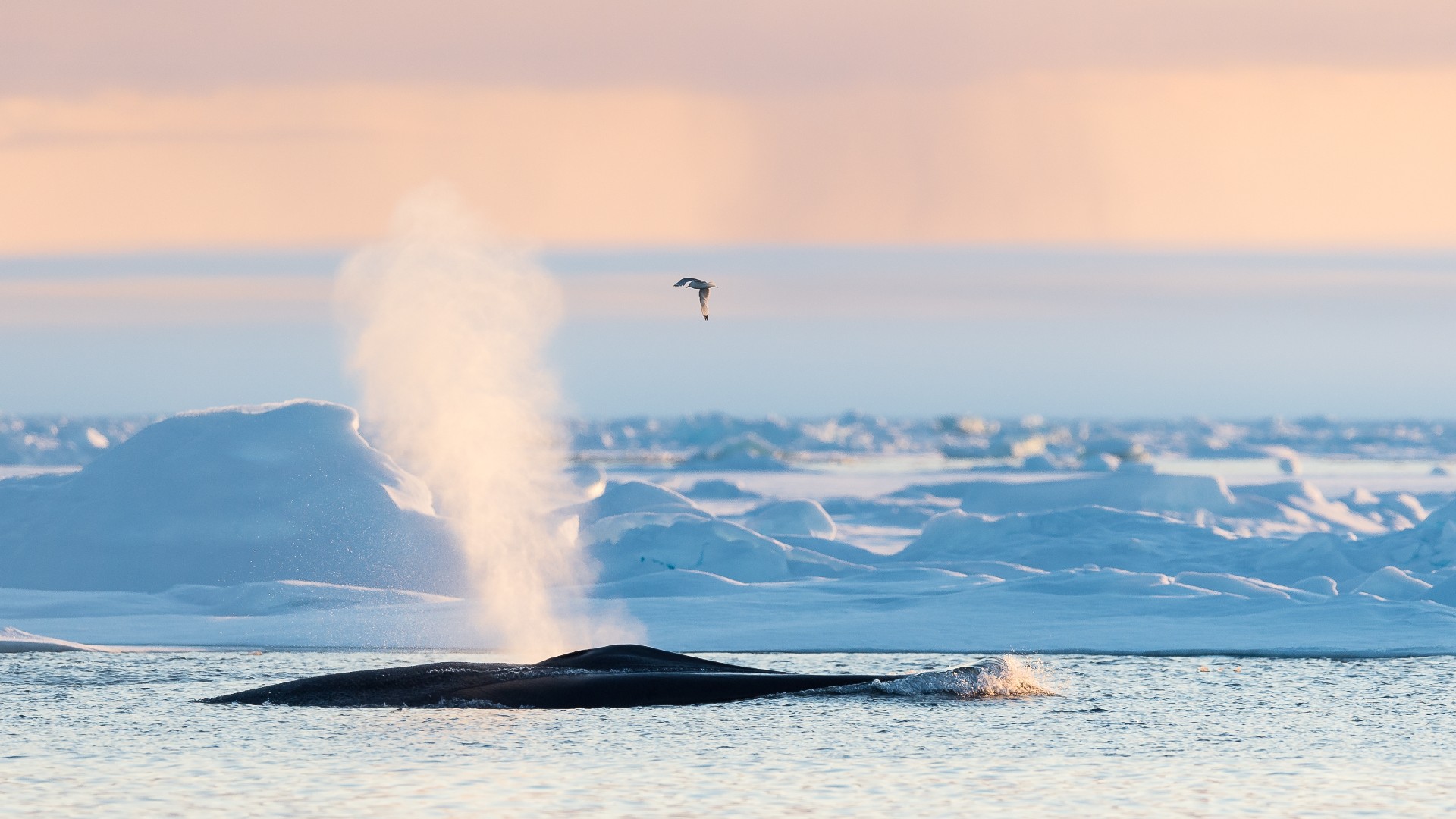
3. Chase the northern lights
With their dancing waves of colour, the northern lights are surely one of the most jaw-dropping things you’ll ever witness. Come winter, head north to a place like Svalbard and you could see them with a clarity that you won’t get away from the poles.
Of course, the northern lights are a natural phenomenon, so sightings can’t be guaranteed. That said, the combination of extremely low light pollution and long winter nights makes Svalbard an ideal place to hunt for the aurora borealis.
What’s more, when the conditions come together, you don’t even have to leave Longyearbyen to see this awe-inspiring spectacle.
- Whisk yourself off on one of these Norway northern lights trips
- Related: The best time and place to see the northern lights in Norway
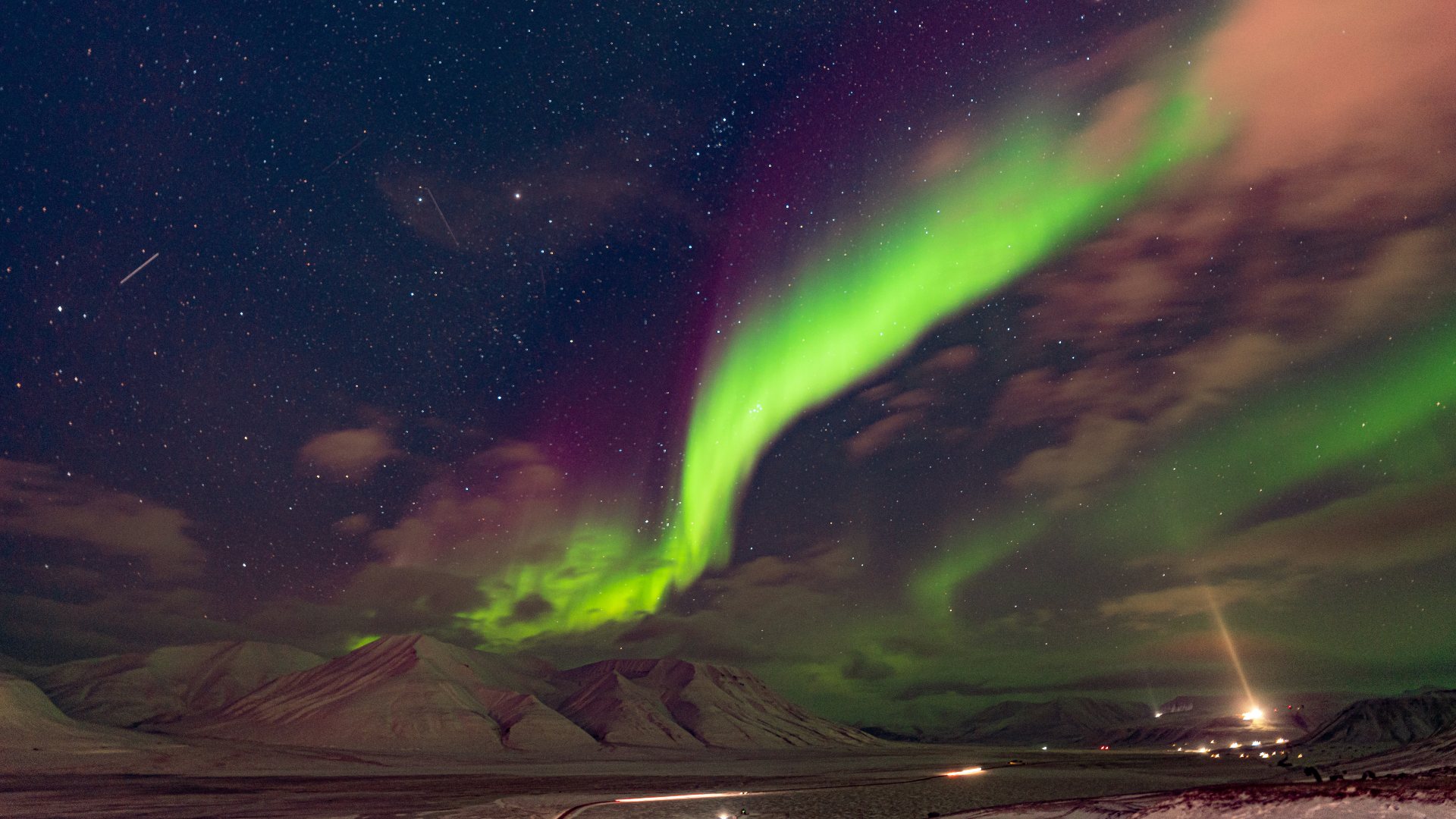
4. Embark on an Arctic boat tour
Venture to Svalbard in summer and you won’t want to miss out on the opportunity for a boat trip. Picture yourself sailing along the rugged coastline, admiring glaciers as they enter the ocean.
This is also one of the best ways to see the region’s wildlife. You’ll pass by cliffs, where throngs of seabirds nest. Think cute puffins and noisy Arctic terns. And, if you’re lucky, you could spot walruses, seals and even whales.
It’s not all about the wildlife though. Many boat trips will also take you past Svalbard’s ghost towns. These include the abandoned Soviet town of Grumant and deserted Pyramiden, which was once a centre for mining.
- Go beyond Svalbard on a Norway fjord cruise and train tour
- Related: 7 best cruise journeys in Norway
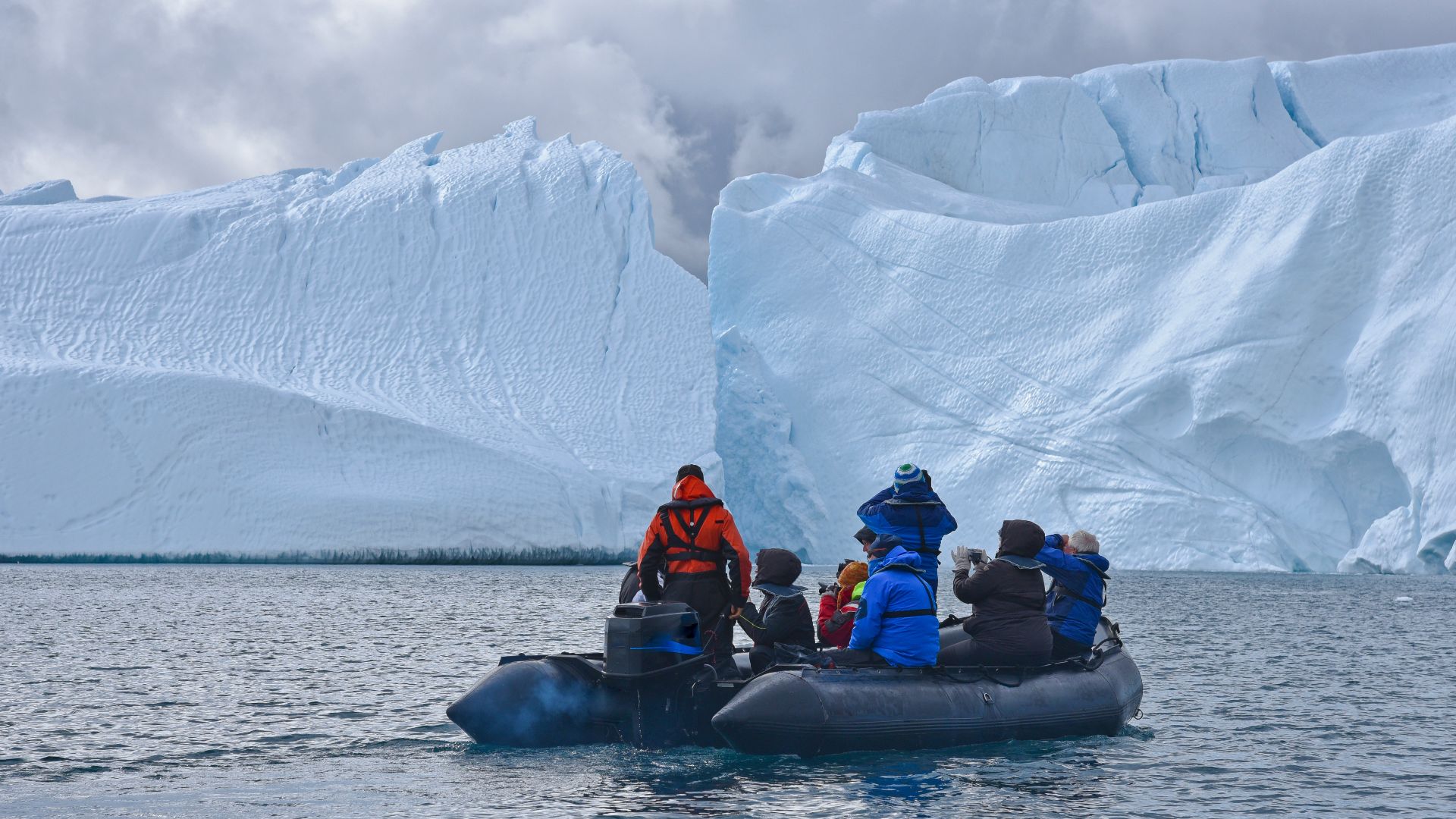
5. Snowmobile to a glacier
If you’re after a bit of an adrenaline rush, hop aboard a snowmobile. It’s the perfect way to explore Svalbard’s glaciers and snow-covered terrain in winter.
These vehicles are easy and fun to drive, even if you’ve never ridden one before. With one hand on the throttle and another on the brake, you’ll soon get the hang of it.
As well as enjoying the journey, don’t forget to soak up the scenery too. Admire the frozen fjords, jagged peaks and dazzling glaciers as you glide along.
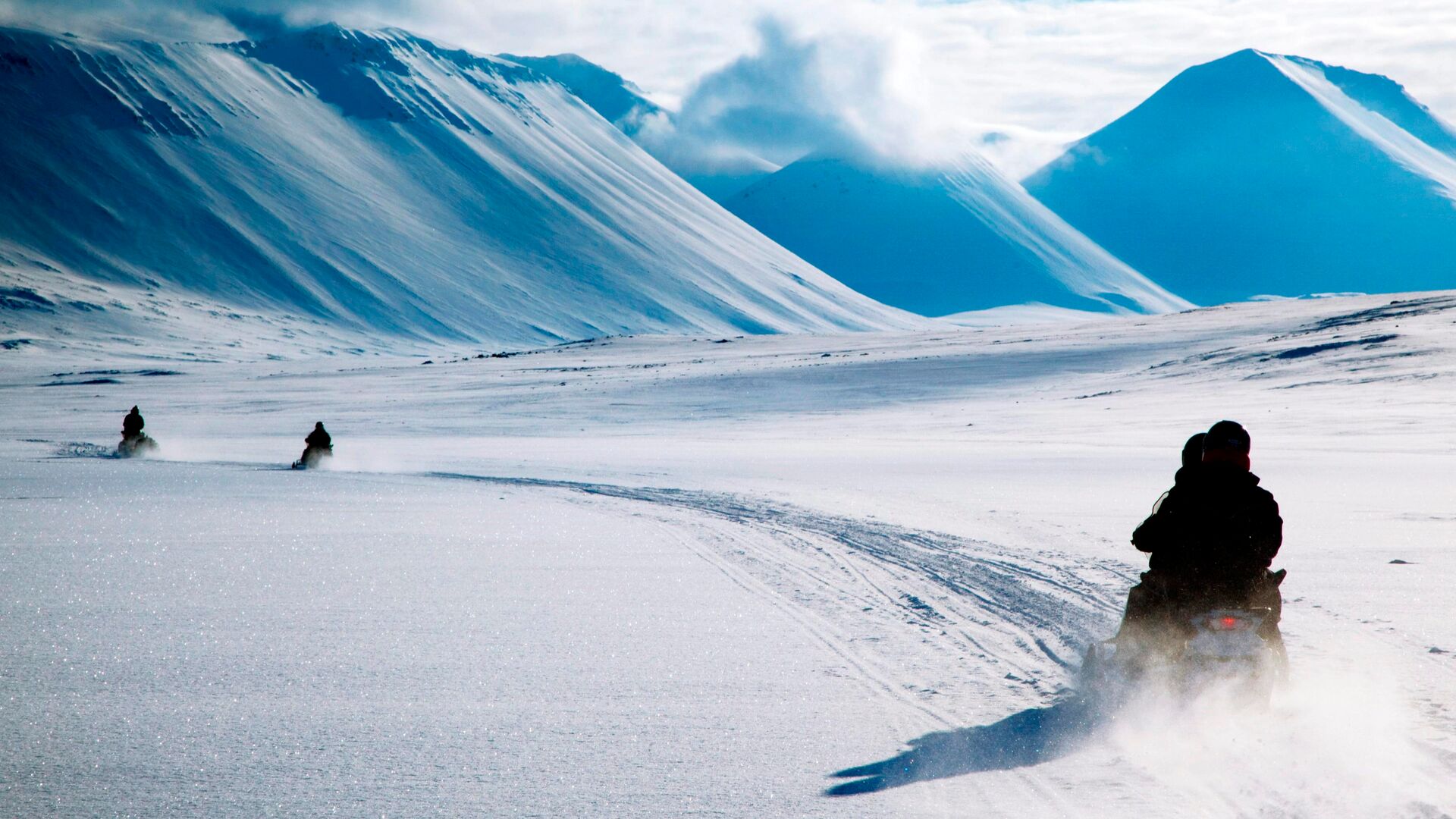
In fact, look at a map of Svalbard and you’ll see that the islands appear mostly white. This is because nearly 60% of the region is covered in permanent ice, made up of over 1,500 individual glaciers. If marvelling at a mighty Arctic ice cap is on your bucket list, Svalbard is the place to do it.
The Von Post glacier is one of the most spectacular glaciers in Svalbard. Head to Tempelfjorden, and you can see this wall of ice on a snowmobile trip – it’s a serene and breathtaking sight. On Spitsbergen, you’ll also come across the Esmarkbreen and the Scott Turner glaciers.
- Discover Norway snowmobile tours from Tromsø and Svalbard
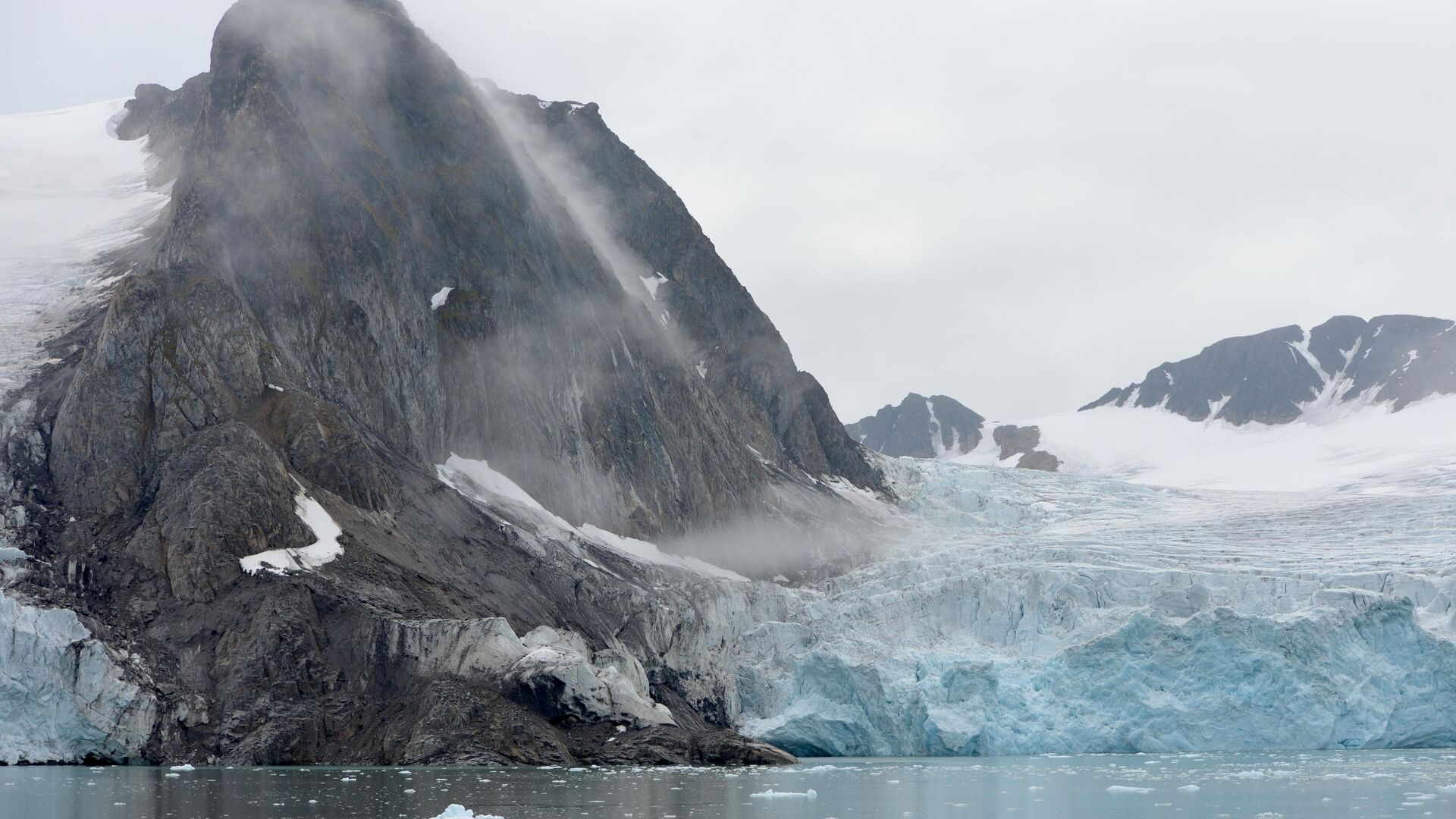
6. Sleep on the edge of the world
For the ultimate addition to your Svalbard getaway, spend at least one night in a wilderness hotel. One option for a remote getaway is Isfjord Radio, at the tip of Kapp Linné to the west of Longyearbyen.
There are no roads connecting the hotel to the town, so in winter you’ll make the 90-kilometre (56-mile) journey by snowmobile. And in summer, you can travel by boat.
While the Isfjord Radio Adventure Hotel may look rugged, inside you’ll enjoy home comforts and more. From this cosy retreat, you could go on guided excursions in the local area and unwind in a traditional sauna. There’s also a restaurant with fine dining.
- For another kind of unforgettable stay, try an ice hotel package in Norway
- Related: Icehotels – The complete Nordic guide
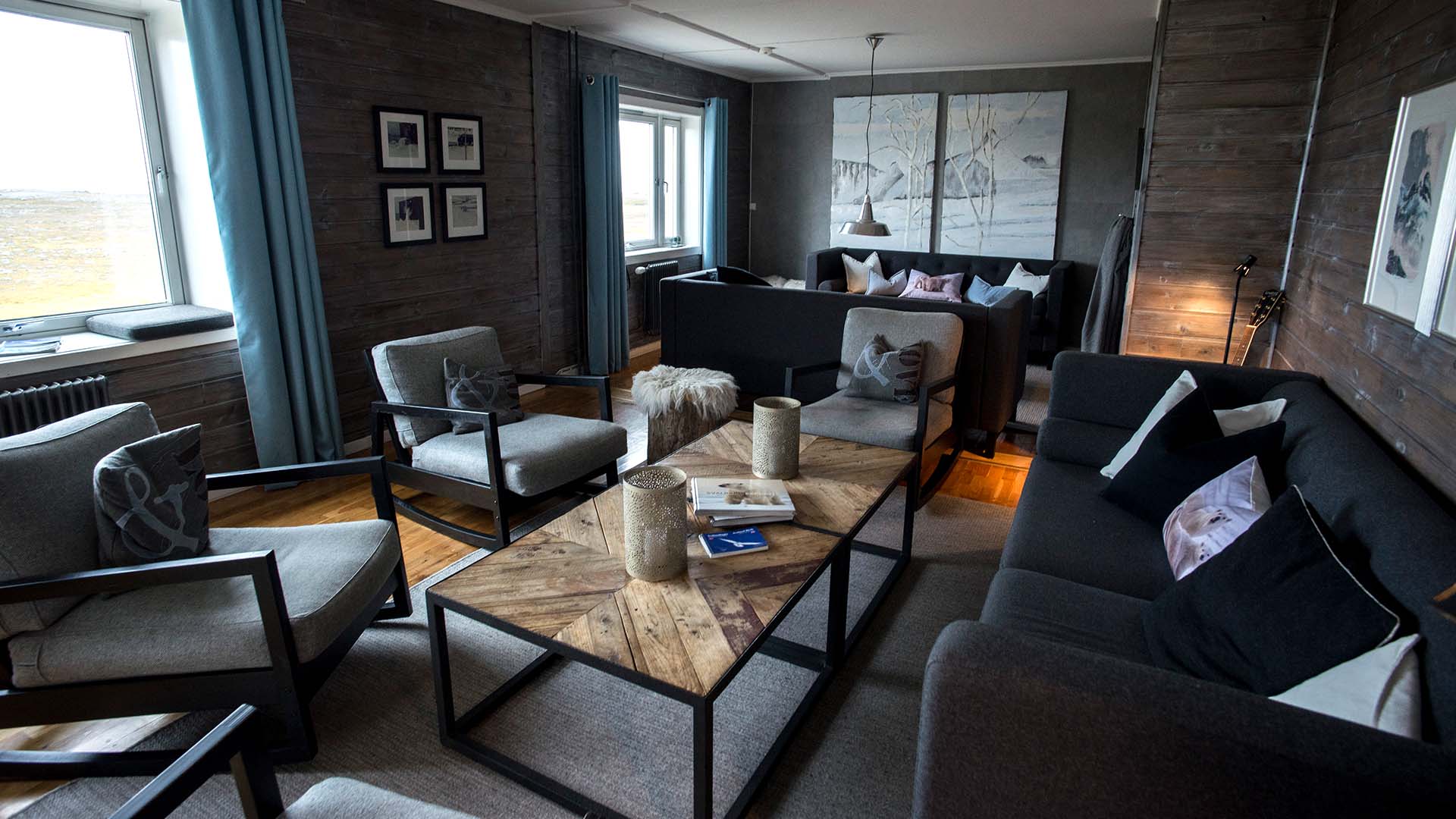
7. Uncover the history of Svalbard in Longyearbyen
The colourful town of Longyearbyen is the largest in Svalbard. It’s also the world’s northernmost settlement, with a population of over 1,000 people. It started life at the turn of the 20th century as a mining town, but today you’ll find it’s a hub for local tourism.
Discover the fascinating history of Longyearbyen at one of the town’s museums. For instance, learn about daily life on the archipelago at the Svalbard Museum. And, for stories of exploration in the far north, don’t miss the North Pole Expedition Museum.
Take a guided bus trip around Longyearbyen to see other attractions in and around the town. This includes getting a glimpse of the art installation on the outside of the Svalbard Global Seed Vault.
- Dive into the nation’s history with these Norway culture tours
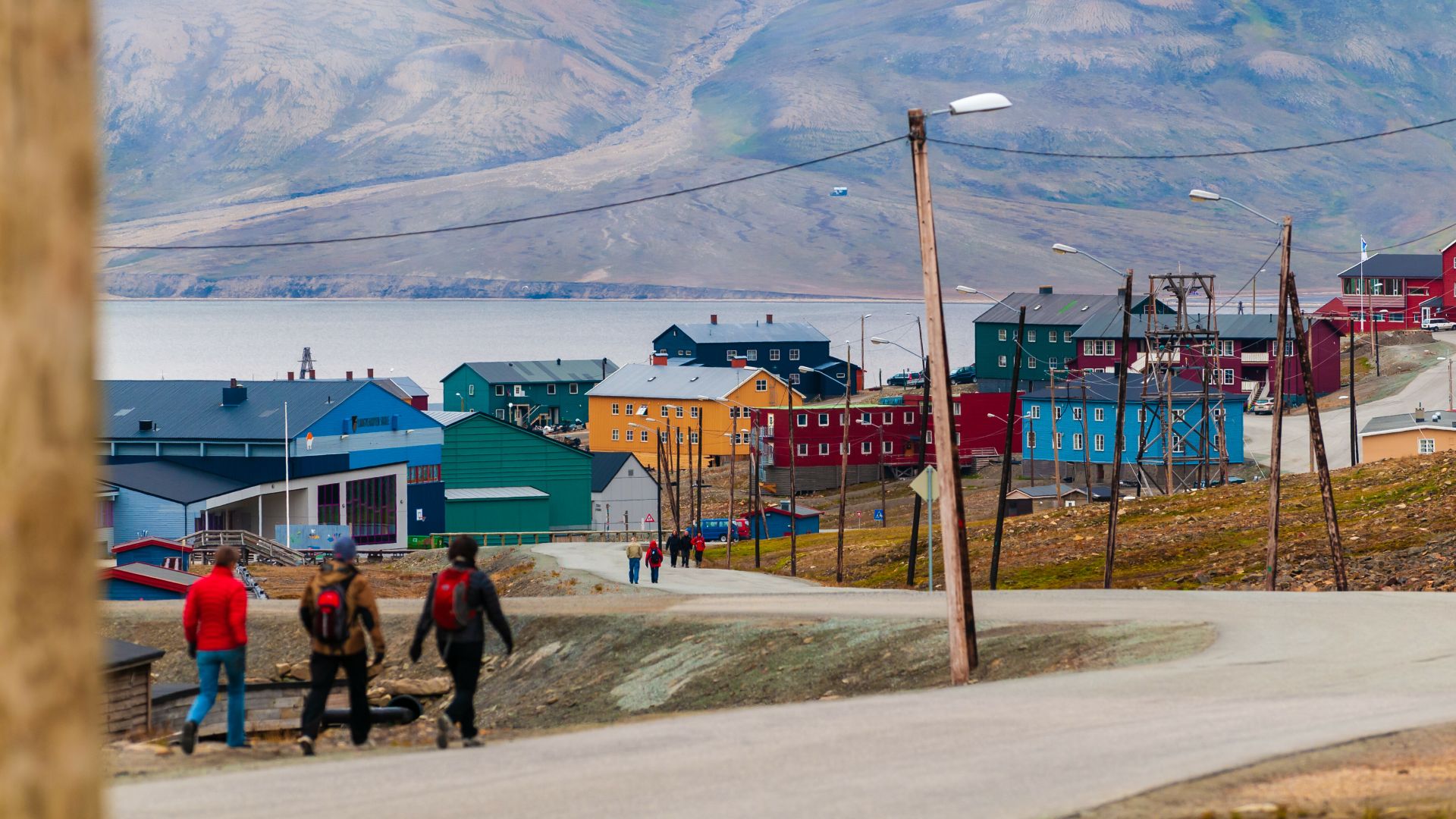
What’s the best time to visit Svalbard?
Now you know what there is to do in Svalbard, let’s talk about when to travel. If you’re undecided, let one thing reassure you. Whenever you come, you’re in for a memorable experience.
That said, it’s worth knowing what to expect, whichever season you choose.
- Learn more about the region in this Svalbard travel guide
- Related: When is the best time to visit Norway
Winter
In Svalbard, winter is a snowy season with low temperatures and long nights. But it’s this darkness that makes it the best time to visit for chasing the northern lights. And with the pristine landscapes blanketed in snow, you can enjoy activities such as snowmobiling and dog sledding.
That said, it’s worth bearing in mind that average temperatures are around -10°C (14°F), meaning you’ll need to wrap up warm. And from November to January, the sun rarely rises above the horizon. This is known as the polar night.
That’s why Nordic Visitor’s winter tours in Svalbard are between February and May. So you can encounter the wonders of the Arctic, with enough daylight hours to appreciate them. For example, by the beginning of March in Longyearbyen, you can expect over 7 hours of daylight.
- For more ideas, check out these Norway winter packages
- Related: 10 things to do in Norway in winter
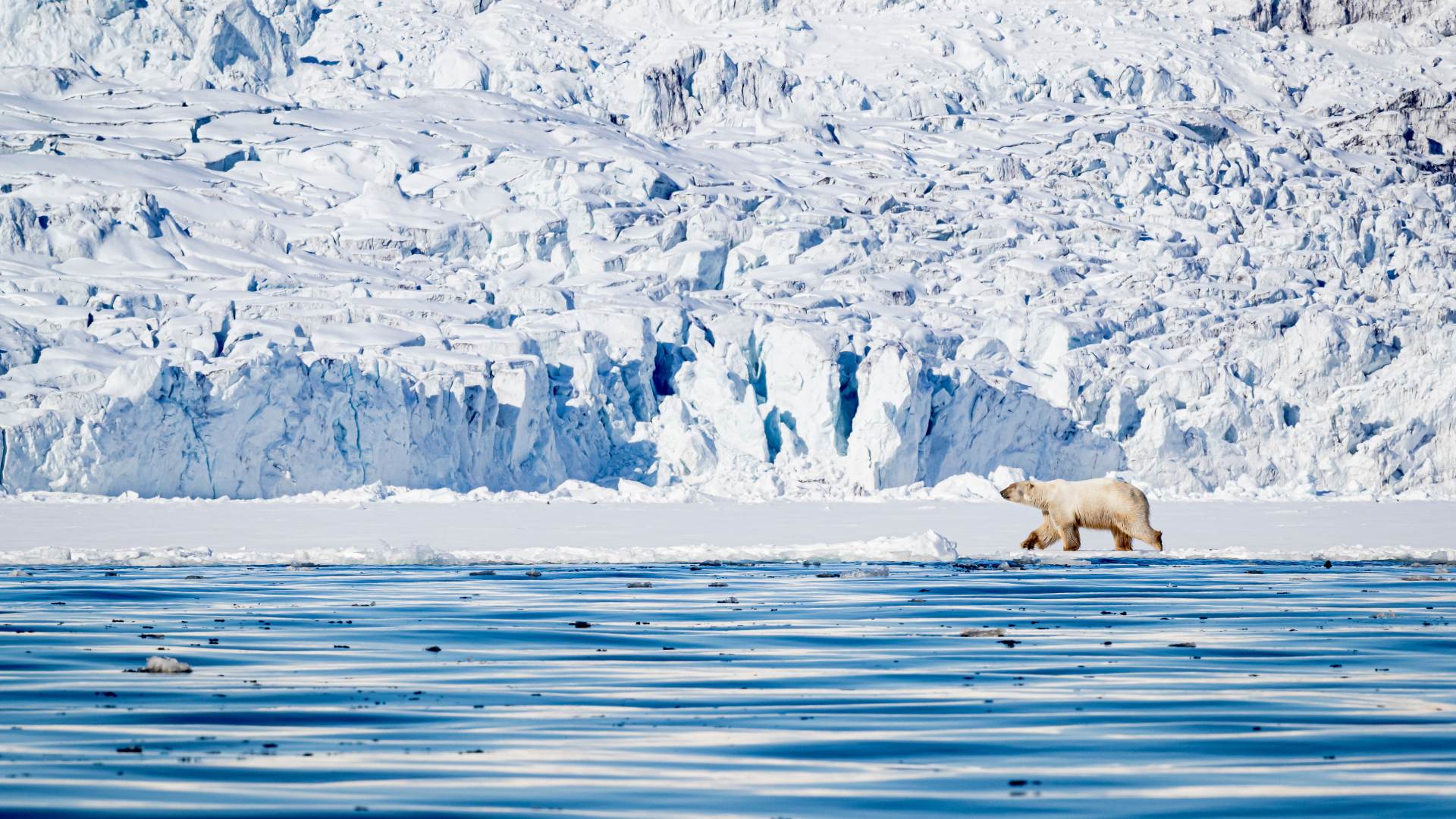
Summer
Although temperatures don’t creep far above freezing in summer, you can expect an average of 3-7°C (37.4-44.6°F). This is enough for the sea ice to melt and for the snow to retreat.
Summer in the Arctic is also the time of the midnight sun. This natural phenomenon is when the sun doesn’t set. In Svalbard, you can experience it from mid-April to late August.
Of course, with less snow about, you can journey by boat or on wheeled dog sleds. You’ll also have the opportunity to go on guided hikes.
- Explore summer trips in Norway
- Related: Where and when to see the midnight sun
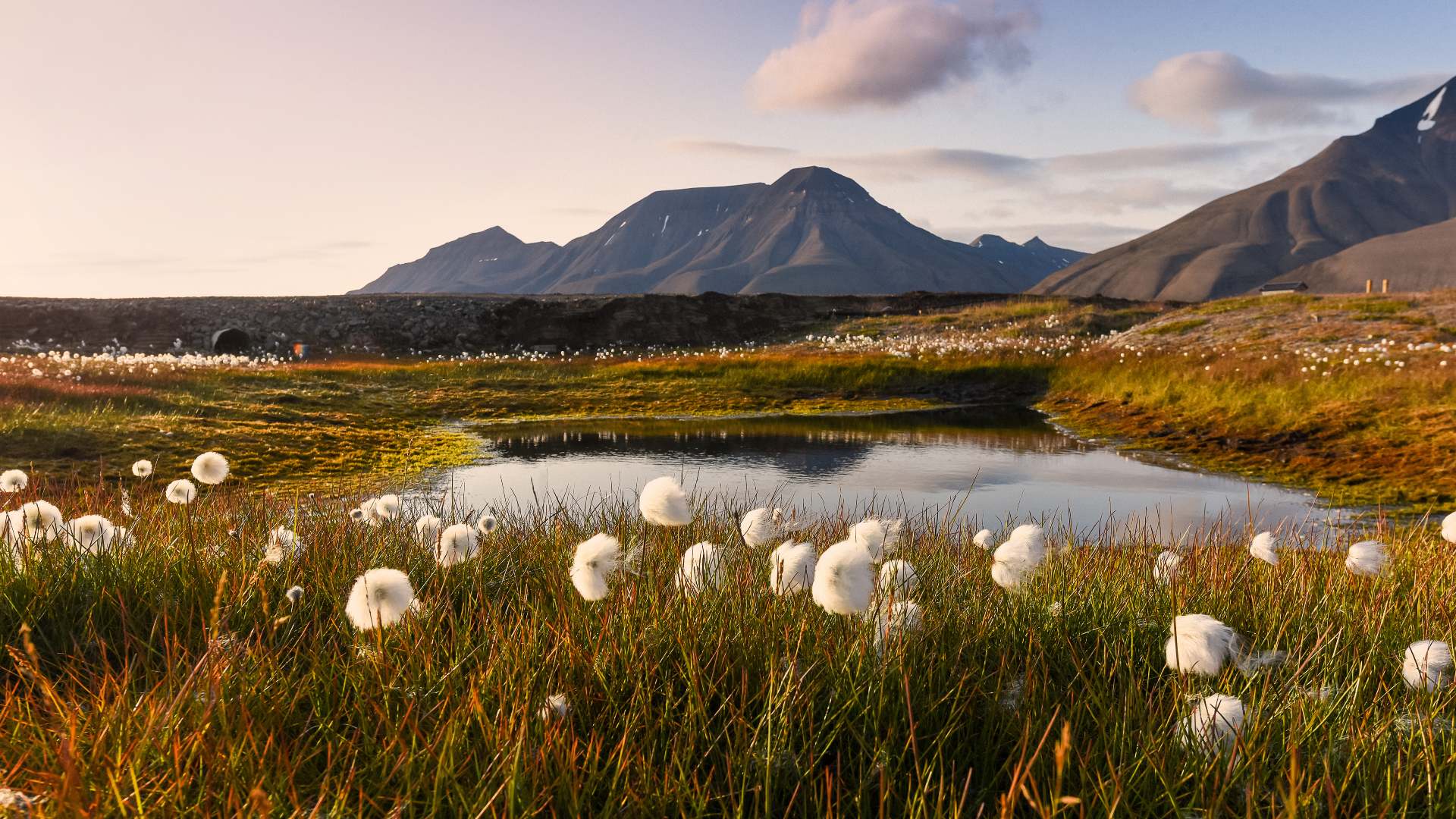
Plan a trip to Svalbard with Nordic Visitor
Visit Svalbard and get ready to experience the magic of the Arctic for yourself. You can choose between winter or summer trips to Svalbard. And stay for a short break or spend an entire week in the wild.
However long you decide to spend here, our Scandinavian travel experts will take care of the details for you. This includes booking your accommodation, activities and local transport. With their insider knowledge, you can expect top travel tips too.
Why not start planning your trip to Svalbard, Norway today? Contact our team to book or if you have any questions.
